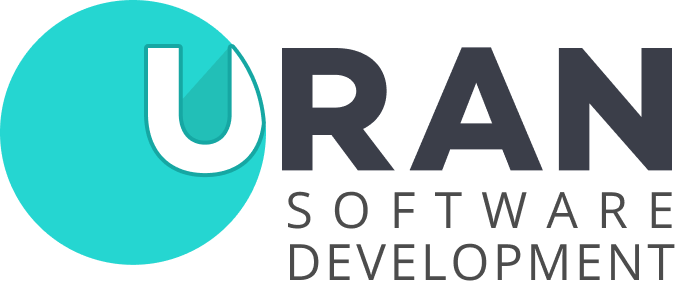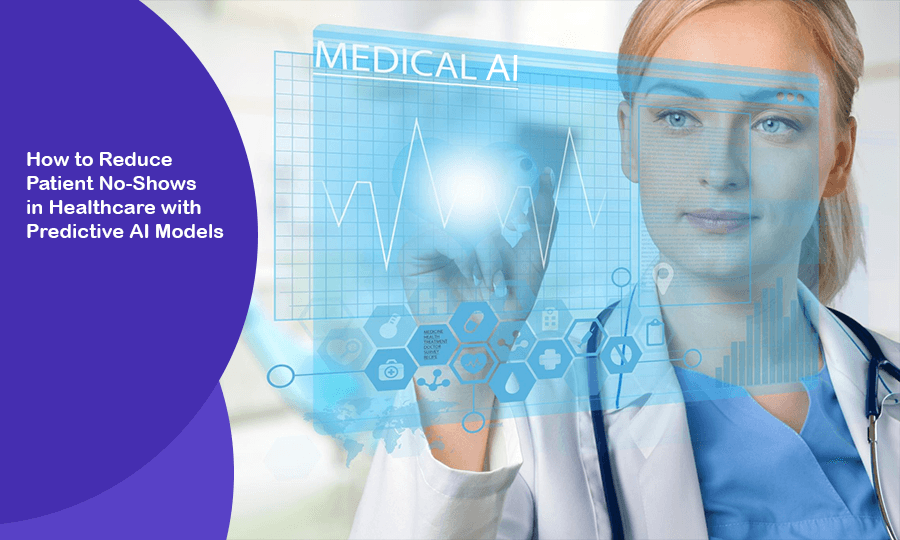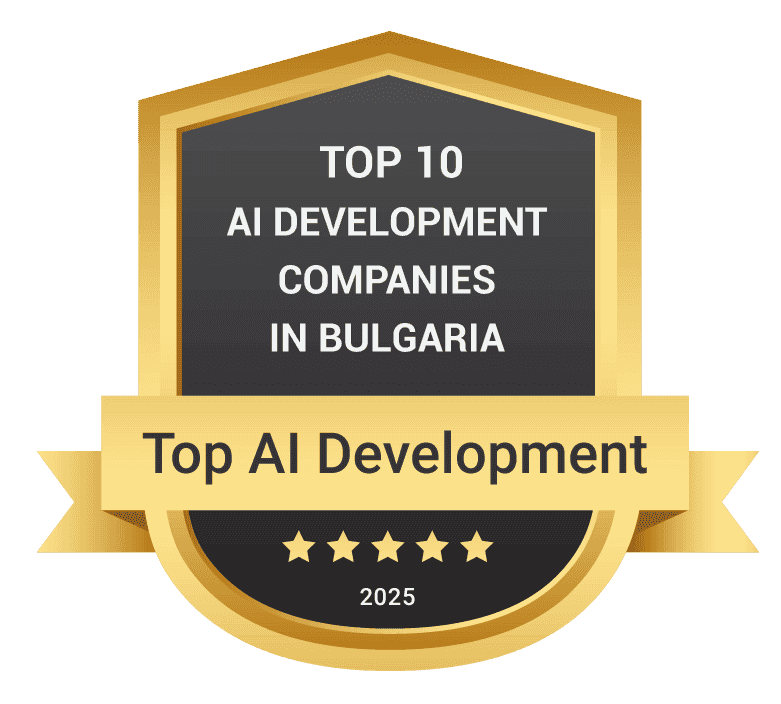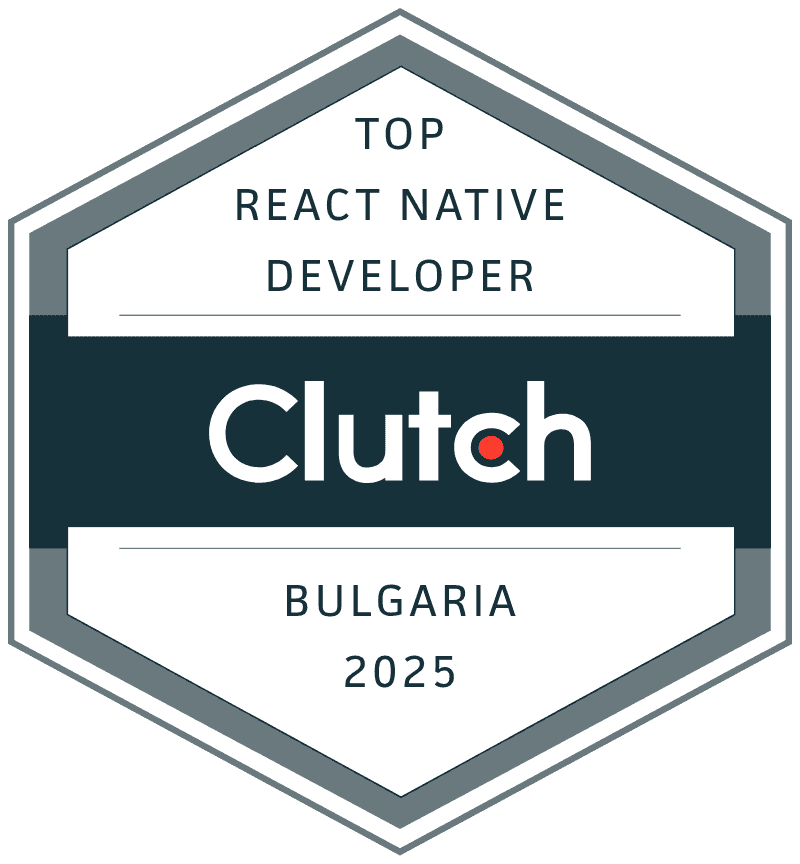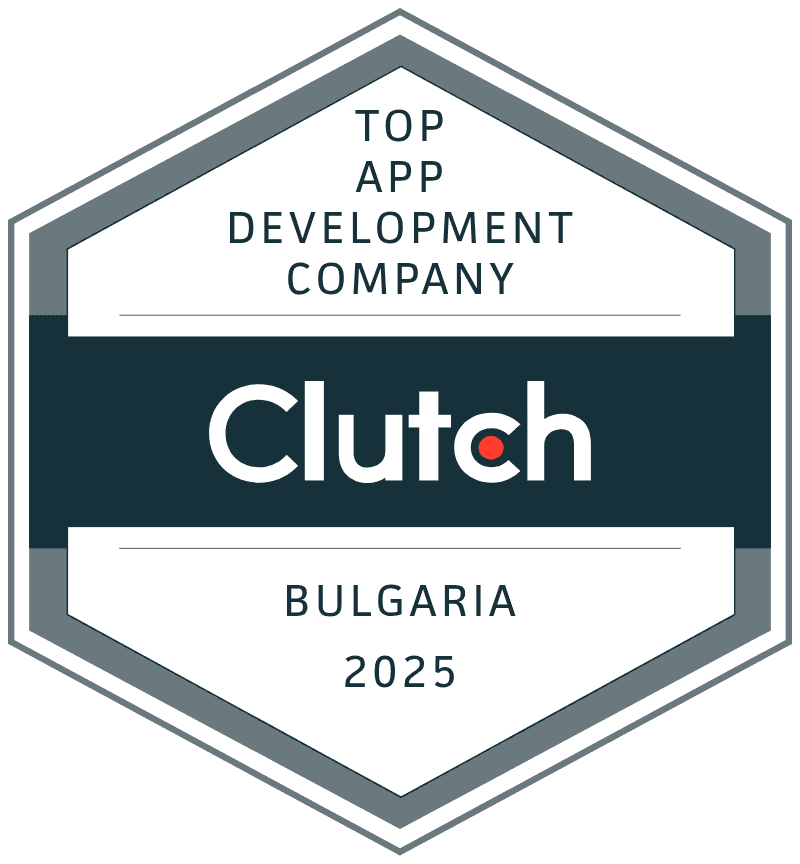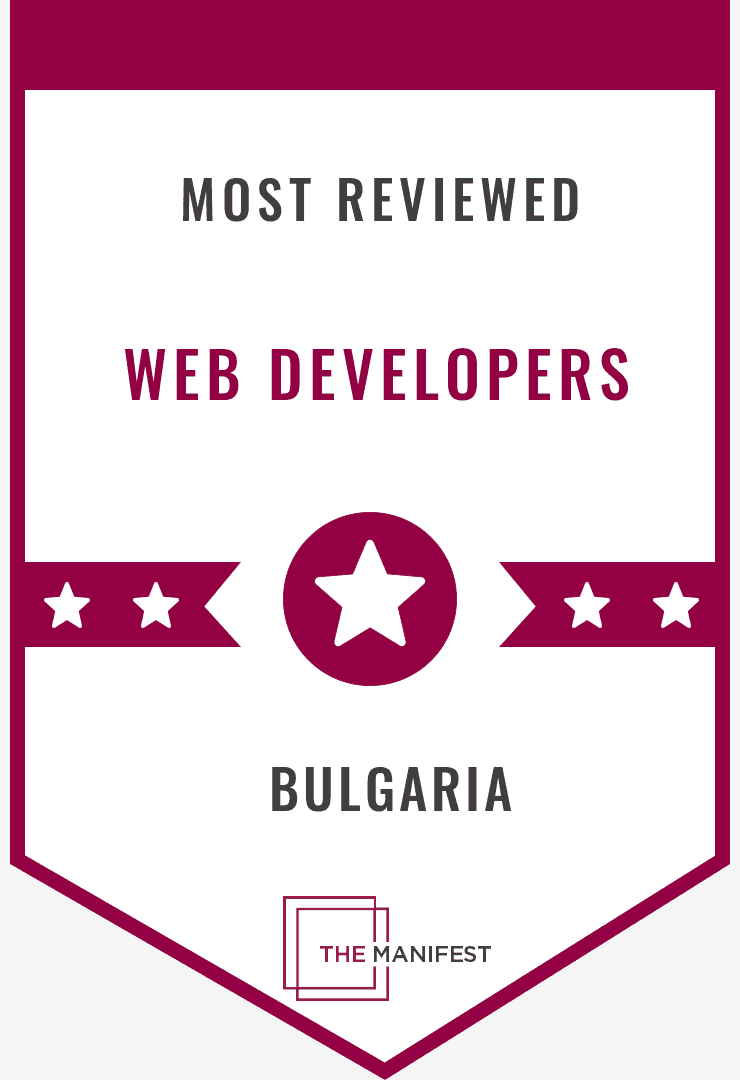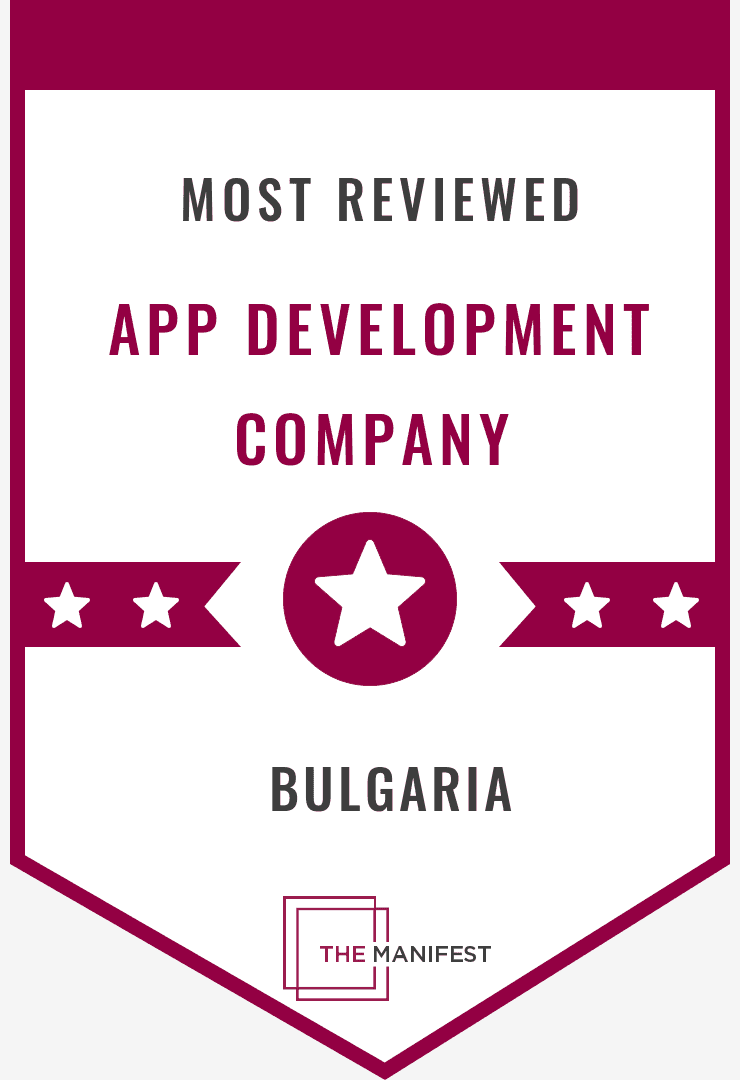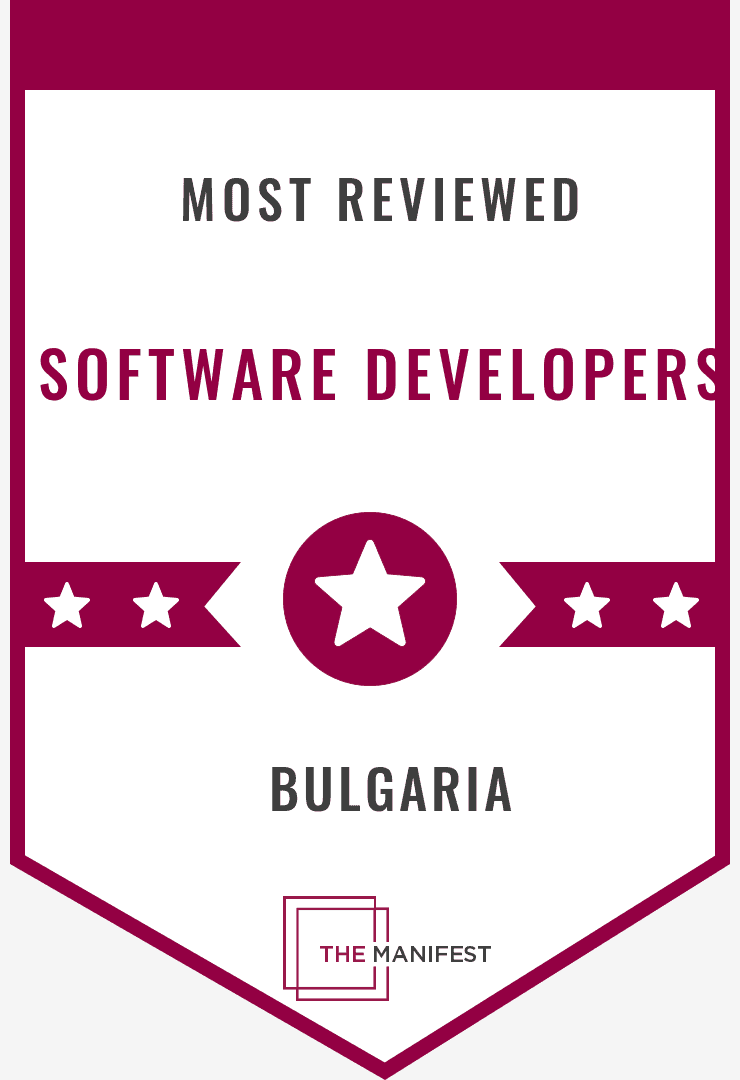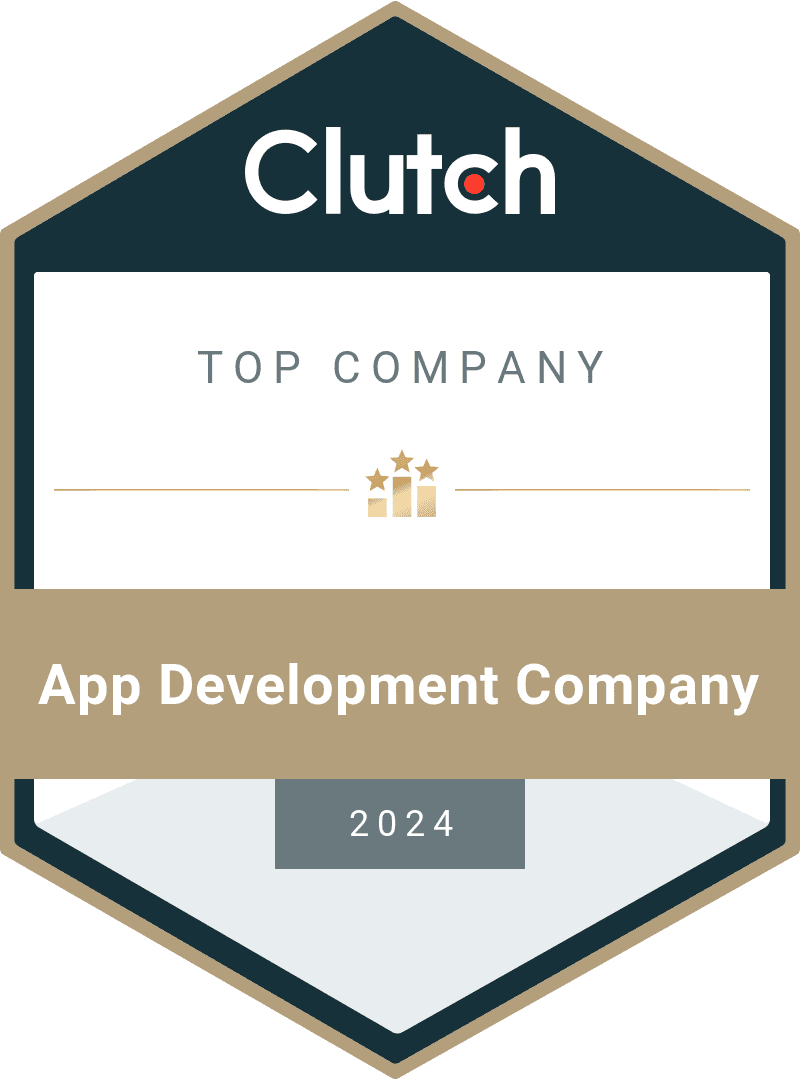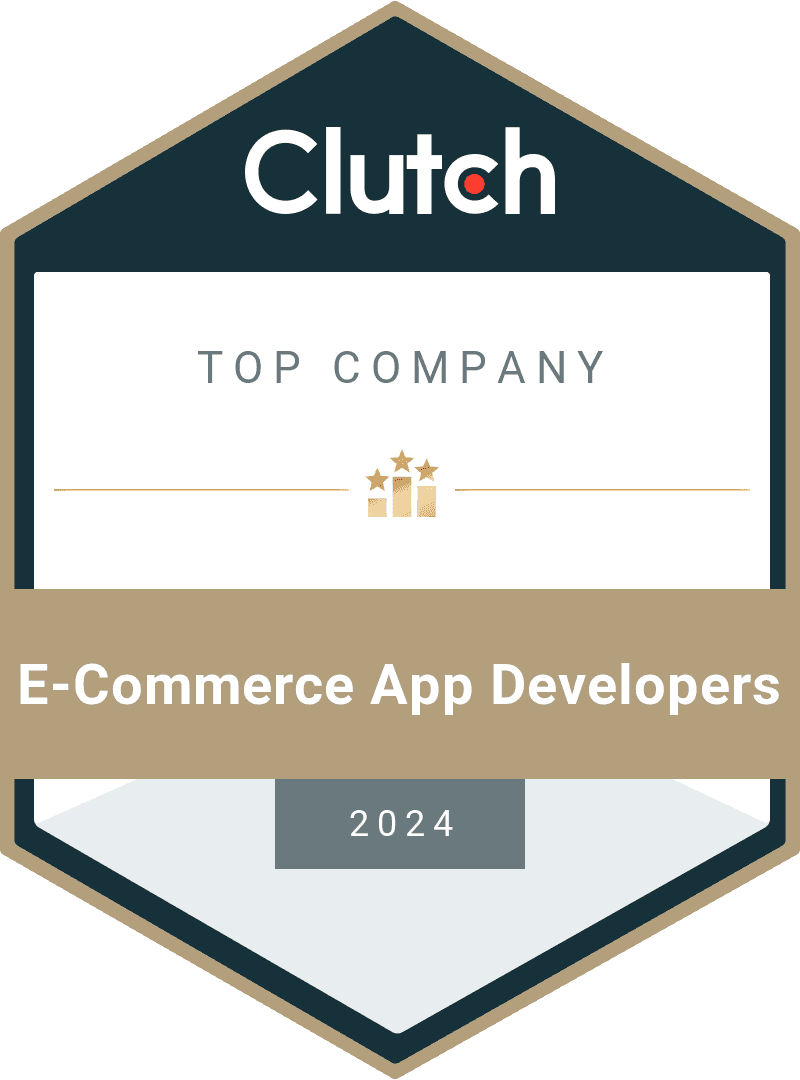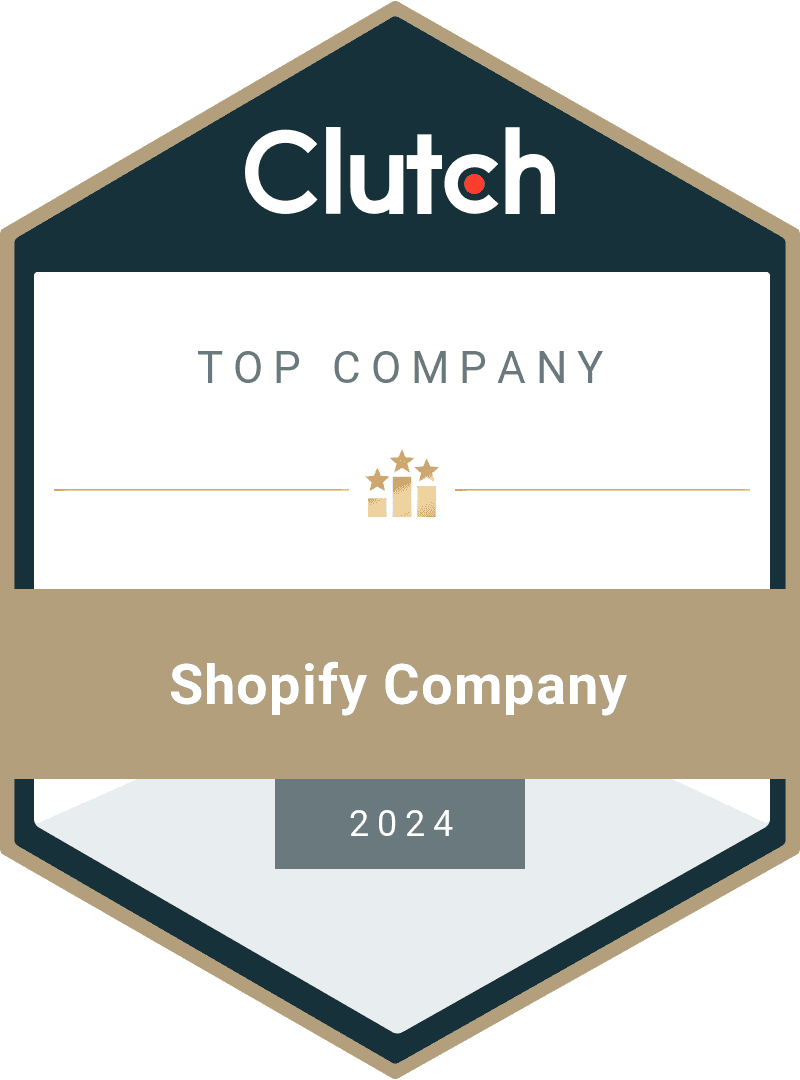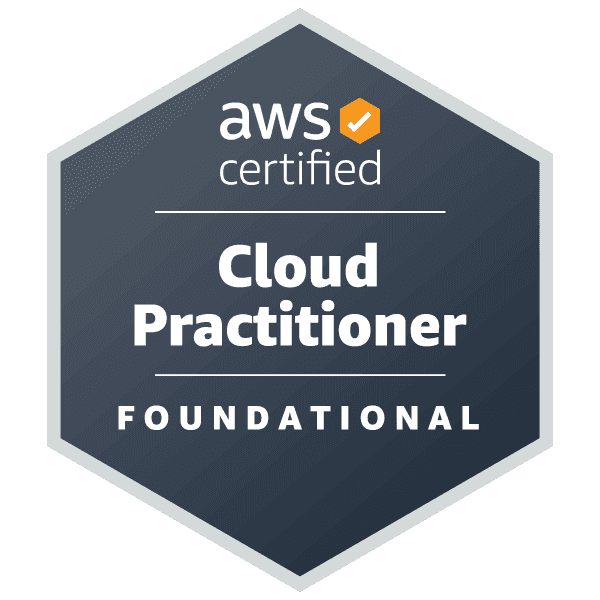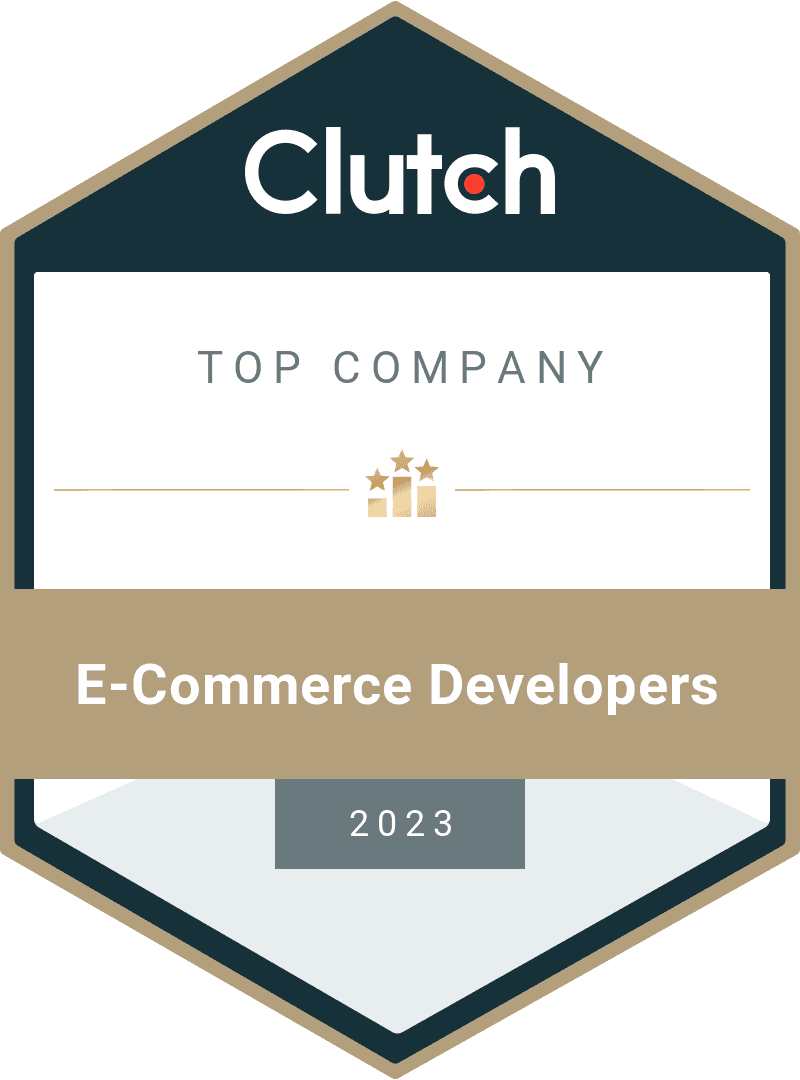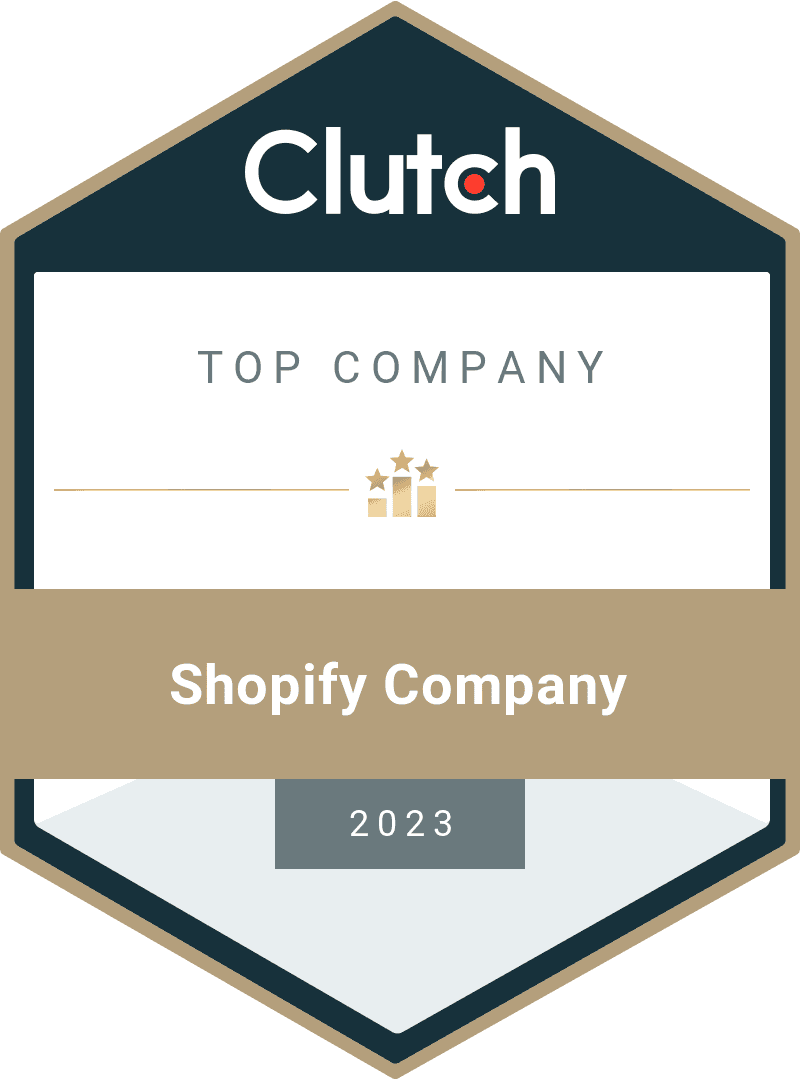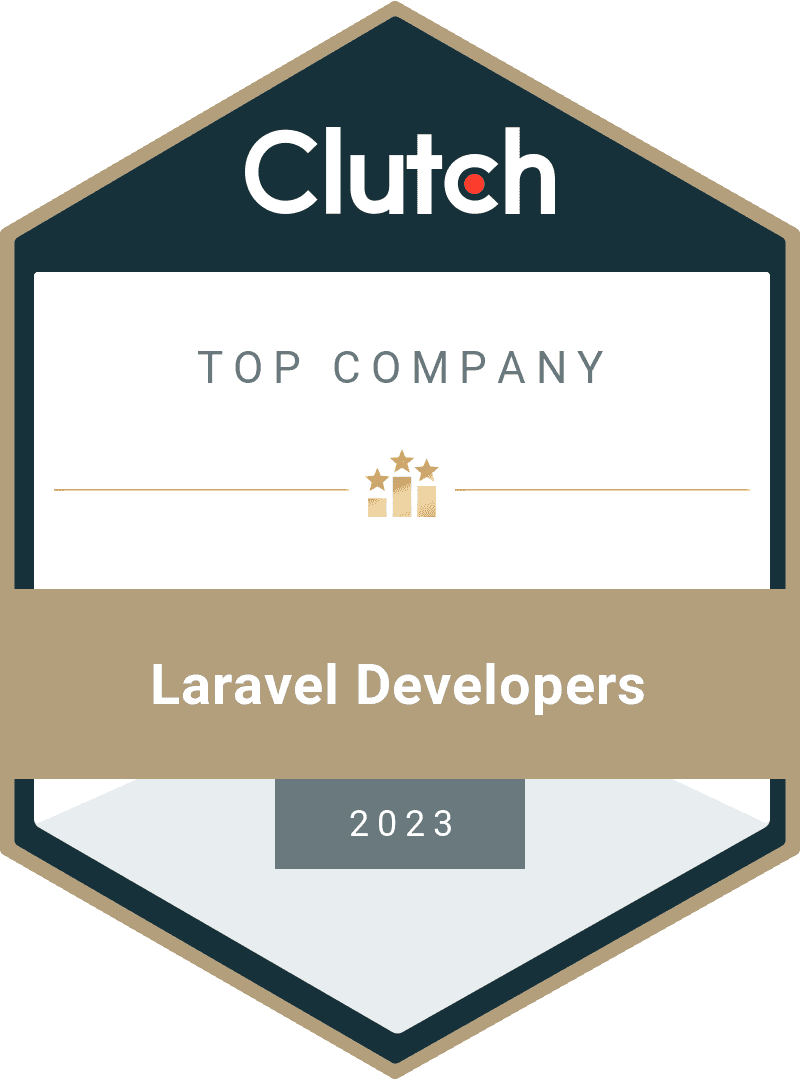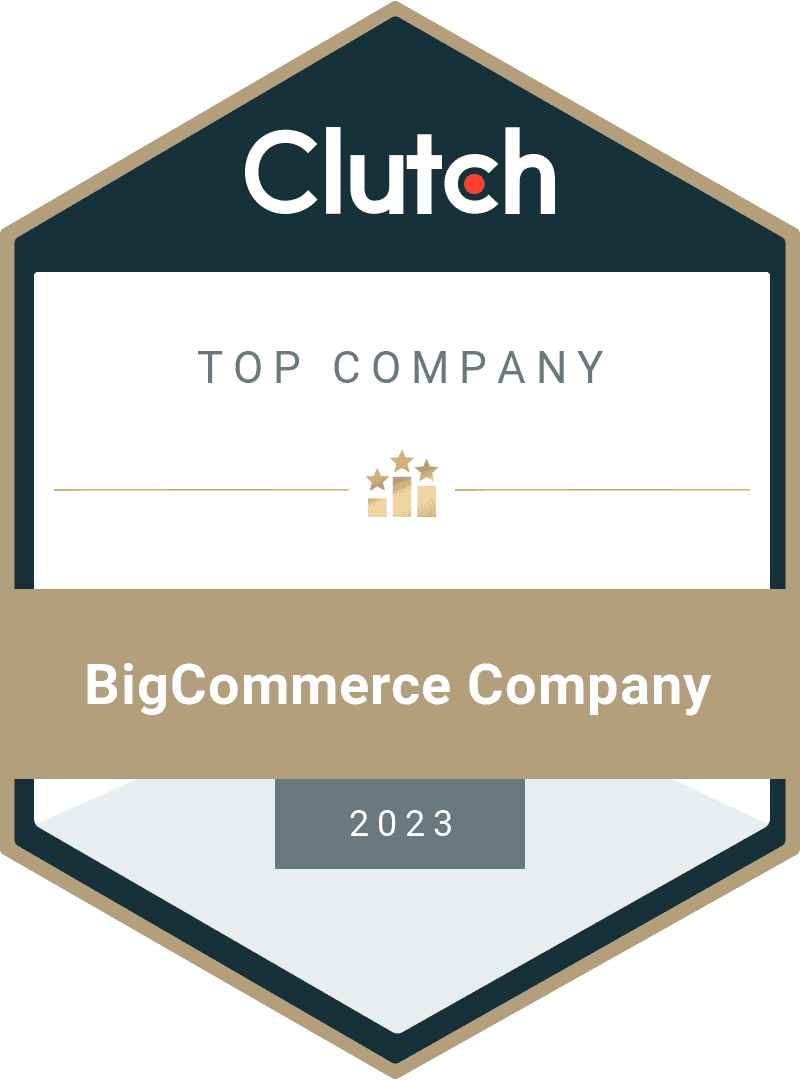In the busy world of healthcare, patient no-shows can disrupt schedules, waste resources, and affect care quality. Predictive AI models offer a smart solution by forecasting who might miss appointments and intervening early. Tools like AI scheduling software and healthcare appointment reminders AI are transforming how hospitals manage this, drawing on predictive analytics in healthcare to improve efficiency.
If you're exploring AI in hospitals or ways to enhance patient experience, this guide walks you through practical steps to implement these models, highlighting use of predictive analytics in healthcare and the benefits of integrating supportive tech like chatbots.
Step 1: Assess Your Healthcare Needs and Choose the Right Predictive AI Model
Begin by evaluating your facility's specific challenges to select an effective AI approach. Look at your appointment data: How often do no-shows happen, and what patterns emerge, like time of day, patient demographics, or appointment type? This analysis can reveal where predictive AI for healthcare management would make the biggest impact, such as in high-volume clinics.
Focus on key features, including machine learning algorithms that analyze historical data to predict risks, integration with electronic health records (EHRs), and automated reminders. Examples of predictive analytics in healthcare include models that factor in weather, transportation issues, or past behavior to flag at-risk appointments. For seamless delivery, consider an AI scheduling assistant that combines these predictions with user-friendly interfaces.
Connect with reputable AI providers or chatbot development companies that specialize in healthcare solutions, offering services like AI chatbot development services, custom chatbot development services, or AI chatbot app development services. These can create a best AI scheduling assistant tailored to your needs, using predictive analytics in healthcare use cases to send targeted reminders via chat or app.
A noteworthy example is the AI Treatment Analyzer from Uran Company. This AI-driven tool employs natural language processing to review medical records, machine learning to compare treatments against guidelines, and generative AI to produce actionable reports, enhancing compliance and patient outcomes. Developed in approximately eight weeks using technologies like AWS Cloud Services, Langchain, MongoDB, and Node.js by a team consisting of an AI/ML specialist, team lead, healthcare consultant, frontend developer, backend developer, and QA engineer, it demonstrates the power of custom AI solutions in hospitals. Getting this foundation right aligns with broader AI used in hospitals to cut no-shows and boost operational flow.
Step 2: Implement the Predictive AI Model in Your Scheduling System
With your model chosen, integrate it into your existing setup. Link the AI to your EHR and scheduling software using secure APIs, ensuring it pulls real-time data for accurate predictions, essential for AI scheduling in busy environments.
Set up automated workflows: For instance, if the model identifies a high-risk appointment, trigger healthcare appointment reminders AI through emails, texts, or even an AI scheduling assistant that engages patients conversationally. This could involve a simple check-in: "Your appointment is tomorrow, need to reschedule?" Incorporating chatbots here taps into the benefits of using chatbots, like instant responses and personalized nudges that make patients feel supported.
Test the system carefully: Start with a pilot in one department, monitor for accuracy, and gather staff input to refine predictions. This hands-on rollout helps AI to improve patient experience in hospitals by making the process smoother and more reliable.

Step 3: Optimize Predictions for Better Patient Engagement
To maximize reductions in no-shows, refine your model with ongoing data insights. Use feedback loops to train the AI on new patterns, improving its ability to spot subtle risks, like seasonal trends or patient-specific factors, in line with predictive analytics in healthcare use cases.
Enhance engagement by layering in interactive elements, such as an AI scheduling assistant that not only reminds but also offers rescheduling options or virtual check-ins. For example, integrate chatbot app development services to create mobile-friendly tools where patients can confirm via quick chats, adding a human-like touch to AI in hospitals.
Track performance with metrics like prediction accuracy and no-show rates, then experiment with A/B tests; comparing reminder types or timing. These optimizations can drop no-shows by 20-40% in many cases, showcasing effective examples of predictive analytics in healthcare while fostering stronger patient relationships.
Step 4: Scale and Maintain Your Predictive AI System for Sustained Results
As adoption grows, ensure your setup scales across departments or facilities. Opt for robust AI scheduling software that handles larger datasets without glitches, supporting enterprise-wide AI model patient scheduling.
Commit to regular maintenance: Update models with fresh data to keep predictions sharp, and add features like multilingual support for diverse populations. For custom enhancements, explore chatbot development services or AI chatbot development services focused on healthcare, which can evolve your system into a comprehensive tool.
Plan for costs, the AI chatbot development cost for integrated solutions might range from $10,000 for basic predictive tools to $100,000+ for advanced, custom setups including ongoing support. Partnering with experienced chatbot development companies ensures you get scalable value, keeping your use of predictive analytics in healthcare effective long-term.
Step 5: Measure Success and Iterate for Continuous Improvement
Finally, evaluate your efforts to refine and expand. Monitor key outcomes like reduced no-shows, staff time savings, and patient satisfaction scores through surveys, vital indicators of how AI used in hospitals is paying off.
Use these insights to iterate: Adjust based on trends, perhaps integrating more advanced AI to predict broader healthcare needs. This loop drives ongoing improvements, turning predictive AI into a cornerstone for better healthcare management.
By following these steps, healthcare providers can leverage predictive AI models to minimize no-shows, enhance efficiency, and elevate the patient experience, proving the power of AI in hospitals for a more responsive system.
